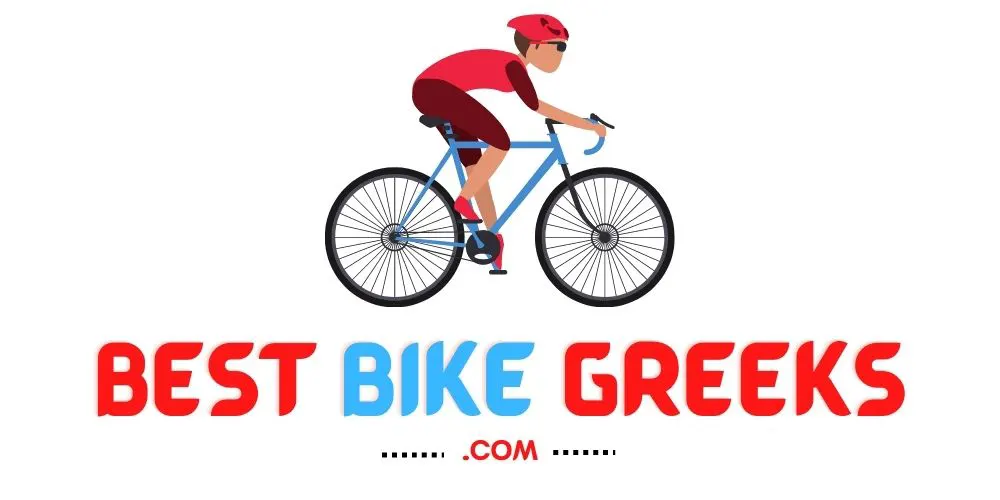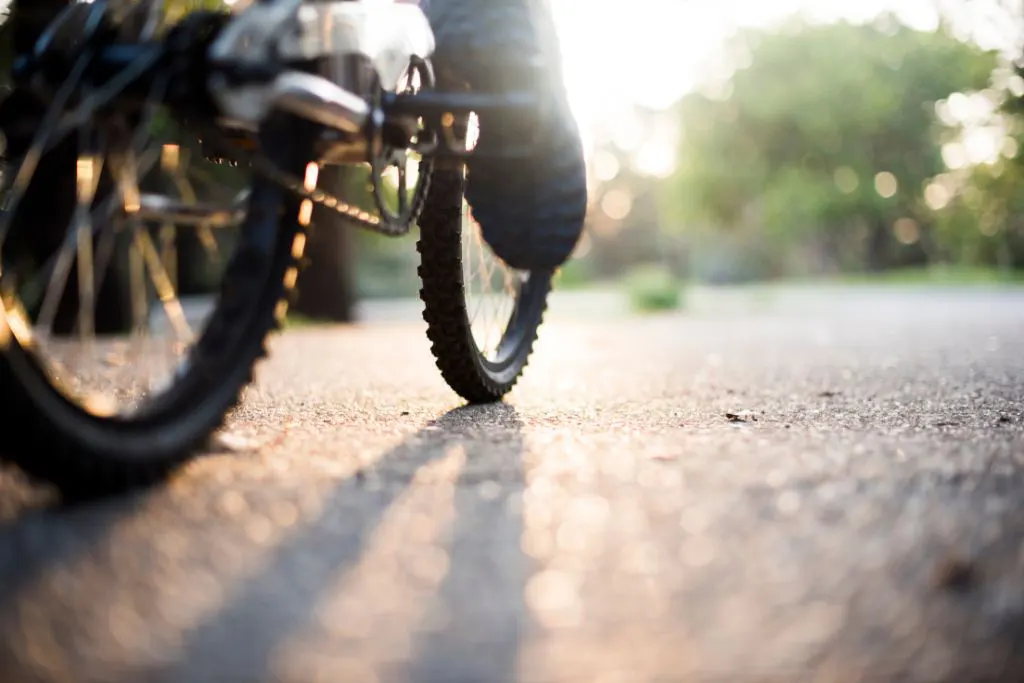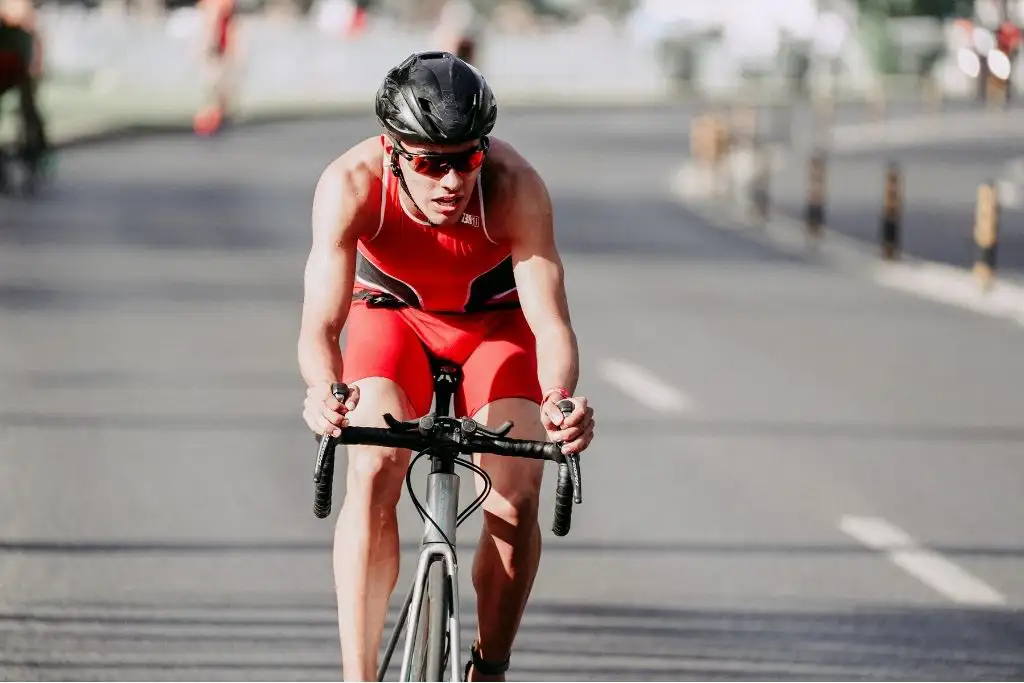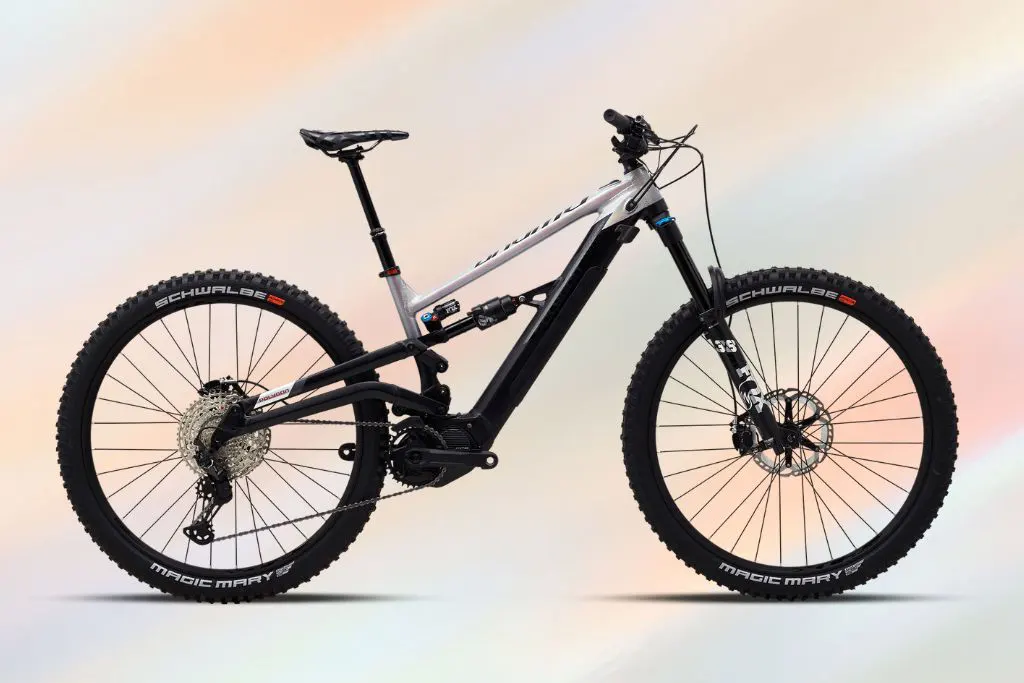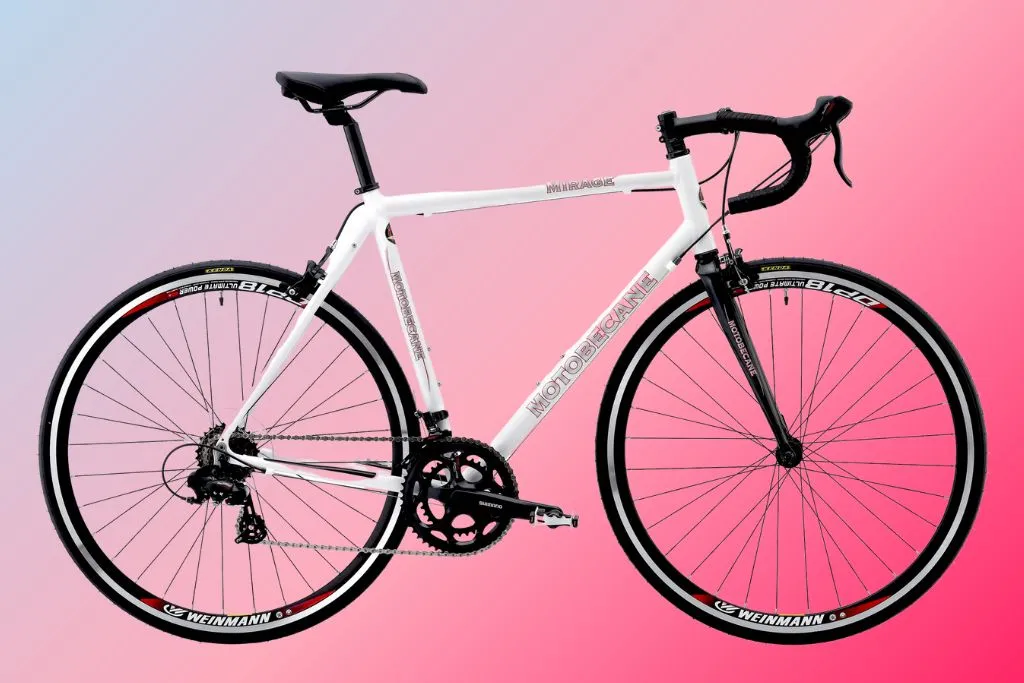Balancing on a bike is all about keeping your body upright and using your arms for balance. Start by pedaling slowly and evenly, and looking ahead at where you’re going. If you start to feel unsteady, lean into the direction of the fall and put your foot down quickly to catch yourself.
Learning how to balance on a bike is one of the most important skills a cyclist can learn. It can be tricky at first, but with a little practice, you’ll be able to ride no problem! In this blog post, we will discuss the basics of bike balancing and give you some tips to help you get started. Stay safe and have fun out there!
What is bike balancing and why is it important?
Bike balancing is important because it helps you ride faster and smoother. When you are pedaling hard, your body wants to go straight ahead. But if your bike is not balanced, it will veer to one side or the other. This makes pedaling harder and can make you fall off your bike.
To keep your balance, you need to pedaling at a steady pace and keep your weight centered over the bike. You also need to be aware of what is happening around you. If you are riding in traffic, for example, you need to be extra careful not to swerve into oncoming traffic.
If you are new to bike balancing, start by practicing in a safe place, like a park or an empty parking lot. Once you get the hang of it, you’ll be able to ride anywhere! Just remember to stay alert and ride safely.
How to balance on a bike – the basics?
There are a few basic things you need to know in order to balance on a bike. First, you need to be able to sit up straight on the bike. Second, you need to be able to pedal the bike. Third, you need to be able to steer the bike. fourth, you need to be able to brake the bike. if you can do all of these things, then you should be able to balance on a bike.
Now that you know the basics of how to balance on a bike, let’s talk about some of the finer points. One of the most important things is to keep your weight centered over the middle of the bike. If your weight is too far forward or too far back, it will be very difficult to balance.
Another important thing is to keep your pedals level with each other. If one pedal is higher than the other, it will be very difficult to pedal the bike and you may end up tipping over.
Now that you know how to balance on a bike, get out there and practice! The more you ride, the better you’ll become at balancing. Soon, you’ll be able to ride without even thinking about it!
Bicycle balance physics:
According to physics Bikes are more stable than you might think. The reason has to do with the distribution of weight. When you ride a bike, most of your weight is concentrated over the rear wheel. This makes sense because you sit on the saddle and push down on the pedals with your feet.
The front wheel doesn’t carry as much weight, so it’s easier to lift off the ground. That’s why bikes are able to make tight turns—the front wheel can turn quickly without lifting the entire bike off balance.
But how does this help us stay upright? It has to do with something called “moment of inertia.” This is a measure of how difficult it is to change an object’s speed or direction. The heavier an object is, the more inertia it has.
The wheels on a bike are relatively heavy, so they have a lot of inertia. This means that once they’re moving, they’re difficult to stop or change direction. The front wheel is particularly important because it provides most of the steering. If it didn’t have much inertia, it would be hard to keep the bike going in a straight line.
Tips for improving your balance:
Ride regularly:
The more you ride, the better your balance will become.
Start slow:
Don’t try to go too fast too soon. Build up your speed gradually.
Practice in a safe place:
Find a spot where you can practice without traffic or other hazards.
Get a feel for the bike:
Make sure you’re comfortable with the way the bike feels before you start riding in traffic.
With a little practice, anyone can learn to balance on a bike. Just be patient and take it slowly at first, and soon you’ll be cruising down the road with ease!
How to stay safe while cycling?
There are a few things you can do to stay safe while cycling. First, always wear a helmet. Second, be aware of your surroundings and ride defensively. Third, use hand signals to communicate with other cyclists and motorists. fourth, obey all traffic laws.
And finally, be sure to maintain your bike in good working condition. By following these simple tips, you can help ensure a safe and enjoyable experience while cycling.
The benefits of bike balancing:
There are many benefits to bike balancing, including improved coordination and balance, increased strength and flexibility, and improved cardiovascular health. Bike balancing can also help to improve your posture and reduce stress levels. Additionally, bike balancing is a great way to get outside and enjoy the fresh air.
If you’re looking to improve your coordination and balance, increase your strength and flexibility, or just get some fresh air, bike balancing is a great activity for you. Here’s how to get started:
Start by finding a flat surface on which to practice. You can use a driveway, sidewalk, or even a park bench. Once you’ve found a good spot, place your feet on either side of the center of the bike frame and grip the handlebars.
If you’re feeling unsteady, you can place your feet on the ground next to the bike. When you’re ready, start pedaling and continue until you find your balance. Once you’re balanced, try lifting one foot off of the pedal and holding it in the air for a few seconds before replacing it and repeating with the other foot.
How does a Rider Keep a Bike Balanced?
According to Newton’s First Law, an object in motion will stay in motion unless acted on by an outside force. This means that a rider must keep pedaling the bike to maintain its forward momentum. But how does a rider keep the bike balanced?
The answer lies in what is known as the “center of gravity.” The center of gravity is the point at which an object’s weight is evenly distributed. For a rider on a bike, this point is located somewhere between the saddle and the handlebars. By keeping the bike’s center of gravity low, a rider can maintain control and balance while riding.
There are several ways to keep the center of gravity low on a bike. One way is to make sure that most of the weight is concentrated in the lower body, around the hips and legs. Another way is to keep the bike’s wheels close to the ground.
This helps to distribute the weight evenly between the front and rear wheels, making it easier to control the bike.
How can I balance myself on a bike?
If You want balance on a bike, You need to be able to control the handlebars and keep Your feet on the pedals. The best way to do this is by using Your body weight. You can also use your arms and legs to help keep the bike in balance.
There are two main ways to stay balanced on a bike: by pedaling and by using the brakes. When you pedal, you create centrifugal force, which helps to hold you in place. You can also use your brakes to help slow down or stop.
If you’re having trouble staying balanced, there are a few things you can do:
- Practice in an empty parking lot or open space
- Make sure your seat is at the right height
How to Ride a Balance Bike?
Riding a balance bike is a great way to learn how to ride a bicycle. Here are some tips on how to ride a balance bike:
- Start by sitting on the bike with both feet on the ground.
- Push off with your feet and start pedaling.
- Once you get going, try to keep your balance by riding in a straight line.
- If you start to tip over, put your foot down quickly to catch yourself.
- Practice riding around obstacles and turning corners.
- With practice, you’ll be able to ride a balance bike like a pro! balances bikes are great for kids because they help them develop coordination and balance skills.
Best Thing You Can Do to Improve Your Balance on the Bike:
Riding a bike is all about balance. If you can find your center of gravity, you’ll be able to ride with ease. Here are a few tips to help you find your balance on the bike:
Get a feel for the pedals:
Before you start pedaling, get a feel for the placement of the pedals and how they rotate. You should also make sure that your feet are firmly planted on the pedals.
Sit up straight:
When you’re riding, sit up nice and tall so that you have good posture. This will help you maintain your balance.
Look ahead:
Wherever you look is where you’ll go, so it’s important to keep your eyes focused on where you want to go. If you’re looking down at the ground, you’re more likely to veer off course.
Practice:
The best way to get better at anything is to practice, and that includes riding a bike. The more you ride, the better your balance will become. Just don’t forget to wear a helmet!
How to improve balance on a bike?
For Improving balance on a bike, you need to:
- Build strength in your legs
- Increase flexibility in your hips
- Improve your sense of coordination
- Practice, practice, practice!
Here are some specific exercises that can help you improve each of these areas:
Strengthening your legs:
Squats, lunges, and calf raises.
To increase flexibility in your hips:
Try doing some stretches like the butterfly stretch or standing hip abductor stretch.
To improve coordination:
Try riding without using your pedals for a short distance, or even riding with one foot on the ground.
How to balance on a bike without moving?
The first step is to get on the bike and put your feet on the pedals. Next, lean forward slightly and place your hands on the handlebars. You should be in a position where you can see the front tire and the ground beneath it.
Now, gently push down on one pedal with your foot while keeping your other foot on the ground. As you do this, the bike will start to move forward. Keep pushing until the bike is moving at a slow speed. Now, slowly lift your leg that is off the ground and place it on the pedal next to the one that you are pushing down with your foot.
How to balance on a bike for adults?
As an adult, you may find that it is more difficult to balance on a bike than it was when you were a child. This is because your center of gravity has shifted and you may have less flexibility. Here are some tips on how to stay balanced while riding your bike:
- Keep your body upright and avoid leaning too far to one side.
- Pedal evenly and avoid sudden stops or starts.
- Look ahead at where you are going, not down at the ground.
- Use your arms for balance, keeping them slightly bent with elbows out to the sides.
If you find yourself starting to tip over, lean into the direction of the fall and put your foot down quickly to catch yourself before you hit the ground.
How to balance on a bike for beginners?
There are a few things you can do to help yourself balance on a bike. First, make sure that your seat is at the correct height. If your seat is too low, it will be difficult to pedal; if it’s too high, you’ll have a hard time keeping your feet on the pedals.
Second, adjust the handlebars so that they’re level with the ground. This will give you more control over the bike and make it easier to keep your balance.
Finally, practice in an open area where you have plenty of room to maneuver. Start by riding slowly and gradually increase your speed as you get more comfortable. With a little practice, you’ll be able to stay balanced and ride like a pro!
How to teach a child to balance on a bike?
If you’re teaching a child to ride a bike for the first time, one of the most important things to focus on is helping them learn how to balance. Here are a few tips to get you started:
- Make sure they’re wearing comfortable clothing and shoes that won’t slip off while they’re pedaling.
- Start by having them sit on the bike with their feet on the ground, and help them practice lifting one foot up and keeping it hovering just above the pedal.
- Once they’ve got that down, have them start pedaling slowly while keeping their feet close to the pedals. If they start to wobble, tell them to concentrate on a point in front of them and keep their eyes up.
- Once they’re pedaling smoothly, you can have them start practicing lifting one hand off the handlebars and keeping it in the air for a few seconds.
- And finally, once they’ve mastered all of that, they’ll be ready to tackle riding with both hands off the handlebars! Just make sure they’re always paying attention to their surroundings and are prepared to put their feet down if they start to lose their balance. happy teaching!
If you follow these tips, you’ll be helping your child learn how to balance on a bike in no time! Just remember to go slowly at first and keep practicing until they feel comfortable and confident. Soon enough, they’ll be zooming around on two wheels like a pro.
